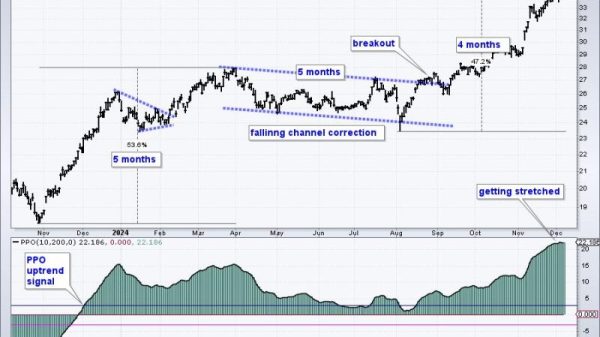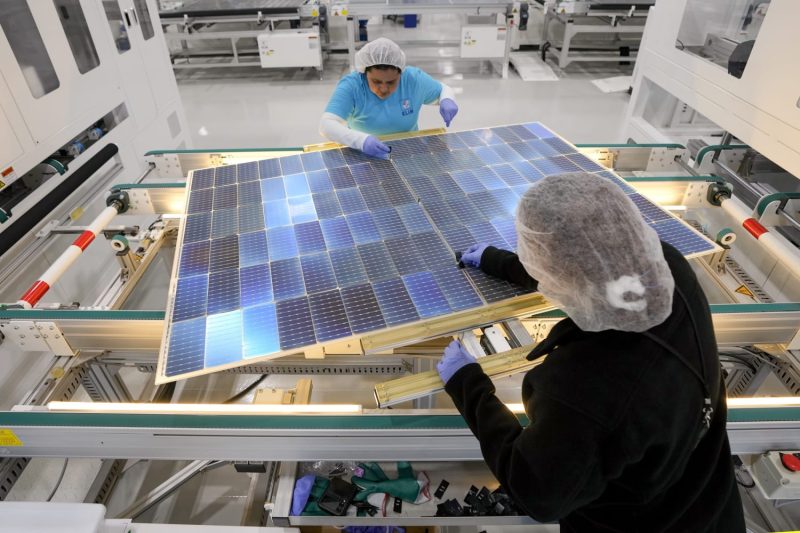In the realm of economic policy, the Inflation Reduction Act has emerged as a significant catalyst for sparking a dual positive impact on the manufacturing and clean energy sectors. Through a combination of targeted strategies and incentives, this legislation has paved the way for remarkable growth and progress in both industries. By delving deeper into the provisions and outcomes of the Inflation Reduction Act, we can gain valuable insights into its transformative effects on manufacturing and clean energy.
Manufacturing has long been a crucial pillar of economic development, providing employment opportunities and driving innovation. The Inflation Reduction Act recognized the importance of revitalizing the manufacturing sector and set in motion a series of measures aimed at improving productivity and competitiveness. One key aspect of this legislation was the provision of tax incentives and credits to encourage investment in infrastructure, modernization, and research and development within the manufacturing industry. By reducing the cost burden on businesses, the Act created a more favorable environment for growth and expansion, stimulating a surge in manufacturing activity.
This renewed emphasis on manufacturing not only bolstered the domestic economy but also had a ripple effect on other sectors, including clean energy. The Inflation Reduction Act strategically linked the objectives of reducing inflation with promoting sustainable and environmentally friendly practices, thereby fostering the growth of the clean energy sector. By offering incentives for the development and adoption of clean energy technologies, the Act incentivized companies to invest in renewable energy sources, energy conservation, and efficiency measures. This alignment of economic goals with environmental sustainability propelled the clean energy industry forward, leading to a surge in innovation and job creation.
The multifaceted impact of the Inflation Reduction Act on manufacturing and clean energy can be seen in the tangible outcomes that have emerged in recent years. Manufacturing facilities across the country have undergone modernization and expansion, equipped with state-of-the-art technologies and processes that enhance productivity and quality. The increased demand for clean energy solutions has spurred a wave of investments in solar, wind, and other renewable energy projects, creating a thriving market for sustainable products and services. This symbiotic relationship between manufacturing and clean energy has not only boosted economic growth but has also contributed to a more sustainable and environmentally conscious future.
Looking ahead, the lessons learned from the Inflation Reduction Act serve as a valuable reminder of the transformative power of effective economic policies. By aligning incentives with broader societal goals, such as job creation, innovation, and environmental sustainability, policymakers can catalyze positive change across industries. As we navigate the complexities of a rapidly evolving global economy, the principles underlying the success of the Inflation Reduction Act provide a roadmap for fostering growth and prosperity while safeguarding the planet for future generations.


























